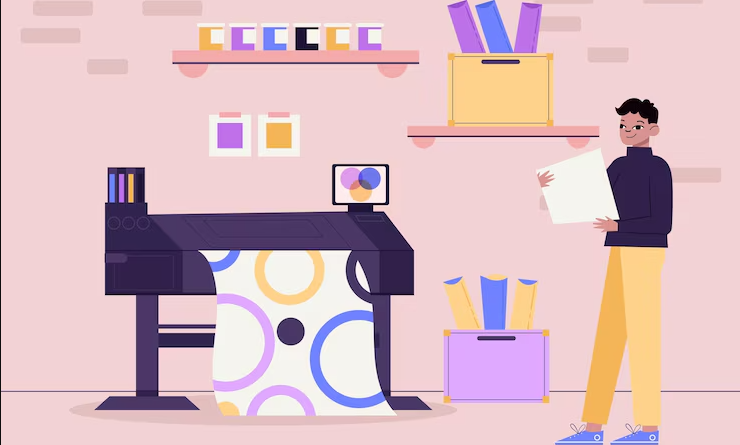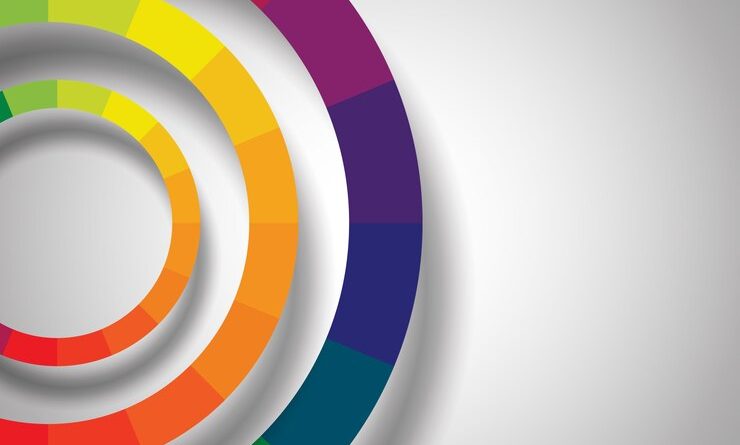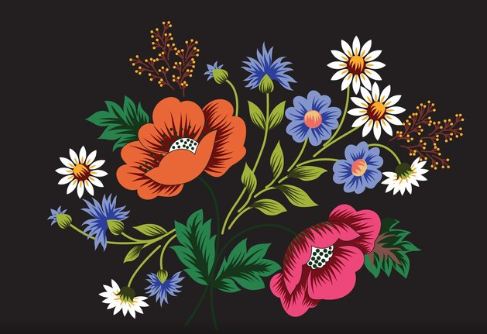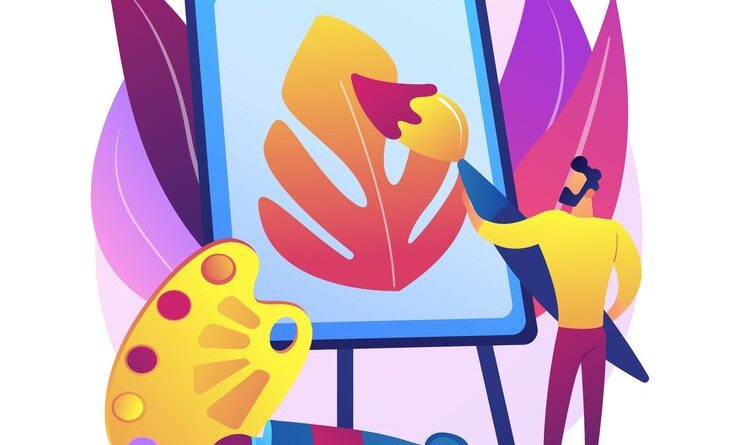Best Vector Art Software for Professionals and Beginners
Choosing the right vector art software can make a big difference in the quality and efficiency of your designs. Whether you're a seasoned professional or just getting started, having the right tool can help you create clean, scalable artwork perfect for logos, illustrations, screen printing, and embroidery digitizing.
Top Vector Art Software in 2025
Here are the best vector art software options used by both professionals and beginners:
1. Adobe Illustrator
Adobe Illustrator remains the industry standard for vector art. It offers powerful tools, precision, and compatibility with other Adobe apps. Professionals love its advanced features, while beginners benefit from tutorials and templates.
2. CorelDRAW
CorelDRAW is another professional-grade software with an intuitive interface. It’s popular in industries that rely on custom graphics, signage, and apparel design. It also works well for creating files for digitizing services and embroidery applications.
3. Inkscape
Inkscape is a free, open-source option ideal for beginners. It has a user-friendly interface and supports all essential vector tools. It’s great for learning the basics of vector art without any cost.
4. Affinity Designer
Affinity Designer is an affordable alternative to Illustrator. It offers powerful tools, smooth workflows, and no subscription model. It’s gaining popularity among freelancers and small studios.
Each of these programs can be used to create professional vector art, whether you're designing brand logos, illustrations, or preparing artwork for printing or stitching.
Why Vector Art Matters
Vector art is essential because it allows you to scale your designs without losing quality. Unlike raster images made of pixels, vector graphics use paths defined by mathematical equations. That means your artwork stays sharp no matter how large or small you make it.
This is especially important for printing and embroidery services in USA where clean, scalable artwork ensures a polished final product. With vector designs, you can easily adjust colors, shapes, and sizes to fit different mediums like T-shirts, caps, mugs, or embroidery patches.
Features to Look for in Vector Software
When selecting the right vector art software, consider these key features:
- Layer management: Helps organize complex designs.
- Bezier tools: Allow smooth curve drawing.
- Export options: For file formats like SVG, EPS, PDF, and AI.
- Custom brushes and shapes: Enable unique creative effects.
- Grid and snapping options: For precision design.
Beginners should focus on ease of use and tutorials, while professionals may prioritize advanced editing, compatibility, and integration with other design tools.
Adobe Illustrator: Still the Best?
For professionals in branding, apparel, and signage, Adobe Illustrator is still the go-to software. Its vector engine is powerful and precise. You can create intricate details, manage layers effectively, and export in formats perfect for vector art services and print shops.
Illustrator also integrates well with digitizing software, which is useful if you're converting your artwork into stitches for embroidery. Though it requires a subscription, its value is unmatched when you consider its vast features and regular updates.
Inkscape: A Beginner’s Best Friend
Inkscape is ideal if you’re learning or working with a tight budget. It offers powerful tools like path editing, object manipulation, and export support. Many small businesses and hobbyists use Inkscape to prepare designs for digitizing services or to practice basic logo creation.
Even though it lacks some features of premium software, it’s constantly updated by the open-source community and is compatible with most vector file formats.
CorelDRAW: Trusted by Print and Embroidery Experts
CorelDRAW stands out with its powerful design tools and tailored features for sign making, fashion, and embroidery services in USA. Many professionals prefer it over Adobe because of its one-time purchase option and intuitive interface.
It includes color management tools and precision controls that make it easy to prepare designs for embroidery digitizing or screen printing. Plus, it supports a wide range of file formats, so you can send your artwork directly to production without extra conversions.
Affinity Designer: Modern, Affordable, and Powerful
Affinity Designer has become a favorite among independent designers and studios. It’s fast, smooth, and combines raster and vector tools in one interface. Unlike Illustrator, it doesn’t require a subscription, making it a one-time, budget-friendly investment.
Affinity Designer handles complex shapes, custom grids, and advanced typography. It’s perfect for creating web graphics, brand assets, or preparing artwork for vector art services.
Which One Should You Choose?
For Beginners:
- Inkscape: Free, simple, and powerful enough to learn.
- Affinity Designer: Affordable and intuitive for growth.
For Professionals:
- Adobe Illustrator: Full-featured and widely accepted.
- CorelDRAW: Precision tools ideal for printing and embroidery.
Choosing the right software depends on your goals, budget, and type of projects. For embroidery or custom apparel design, make sure your software supports file export for stitching and digitizing processes.
Vector Art in Embroidery and Printing
Vector art plays a key role in branding, marketing, and apparel production. When you submit artwork for digitizing services, clean vector files ensure the best results. Digitizing software reads vector shapes and converts them into stitches with high accuracy.
Whether you're creating a custom logo for embroidery or a detailed design for sublimation printing, starting with high-quality vector art is essential. Many embroidery services in USA require SVG, AI, or EPS files to ensure the stitching process is flawless.
Final Thoughts
Vector art software continues to evolve, offering more features at every level. From free tools like Inkscape to premium options like Adobe Illustrator and CorelDRAW, there's something for everyone. Whether you're designing logos, icons, or preparing artwork for digitizing services, your software choice can impact your quality and productivity.
Always choose a program that aligns with your workflow, budget, and design goals. With the right tool in hand, you can confidently create stunning designs that scale beautifully for web, print, or embroidery.









